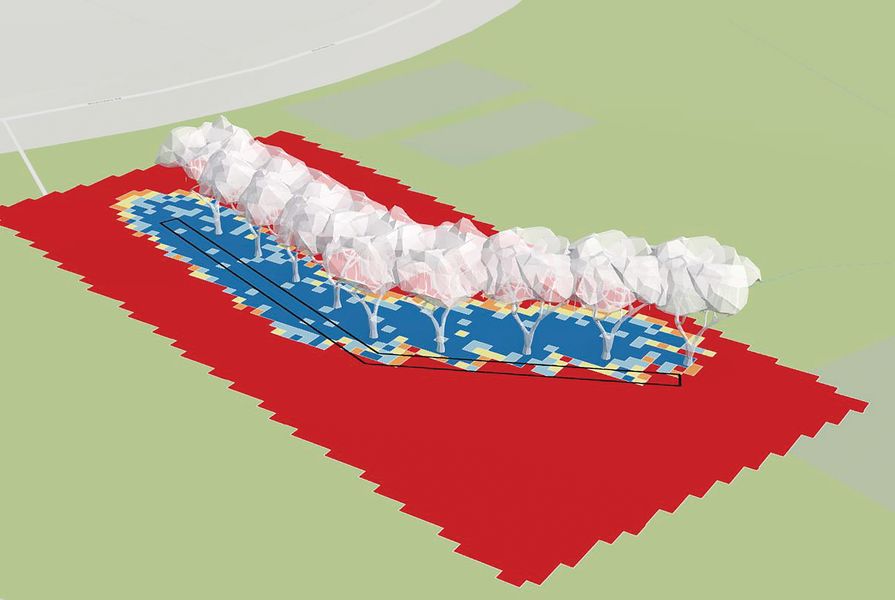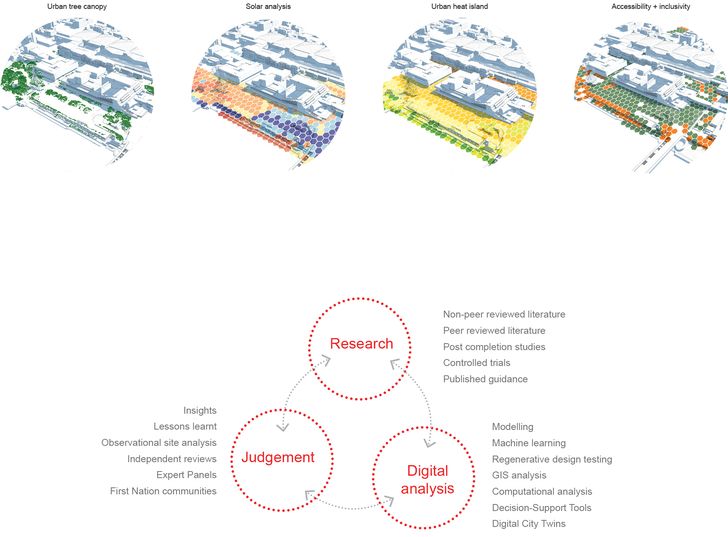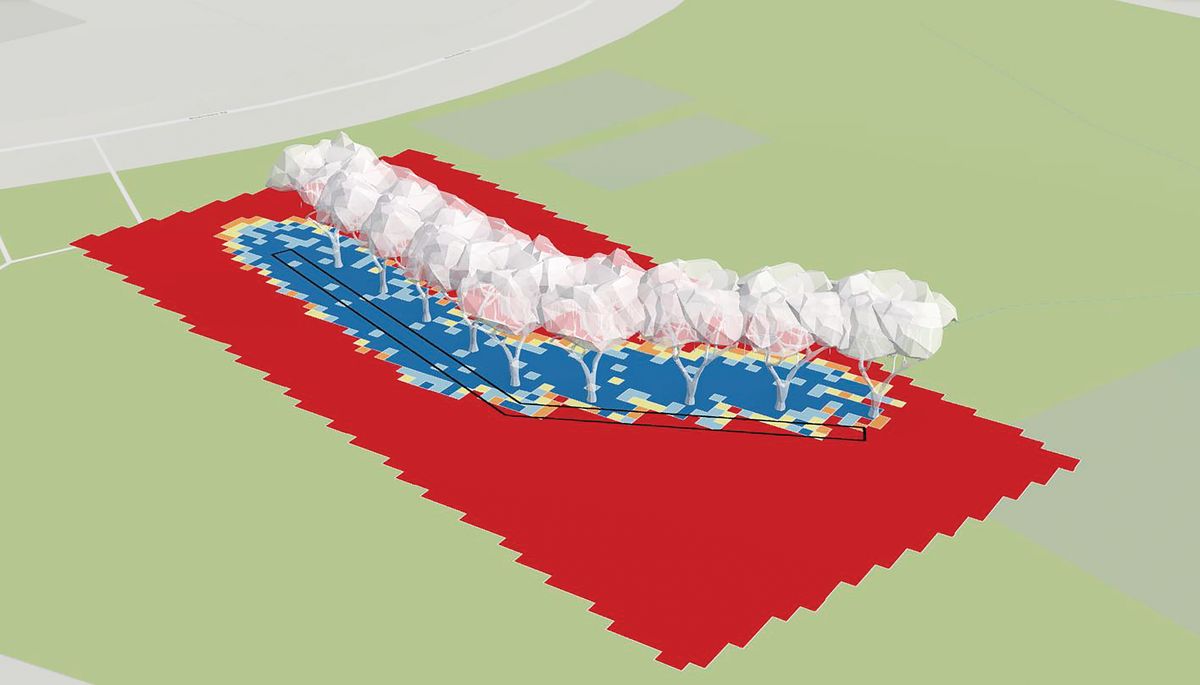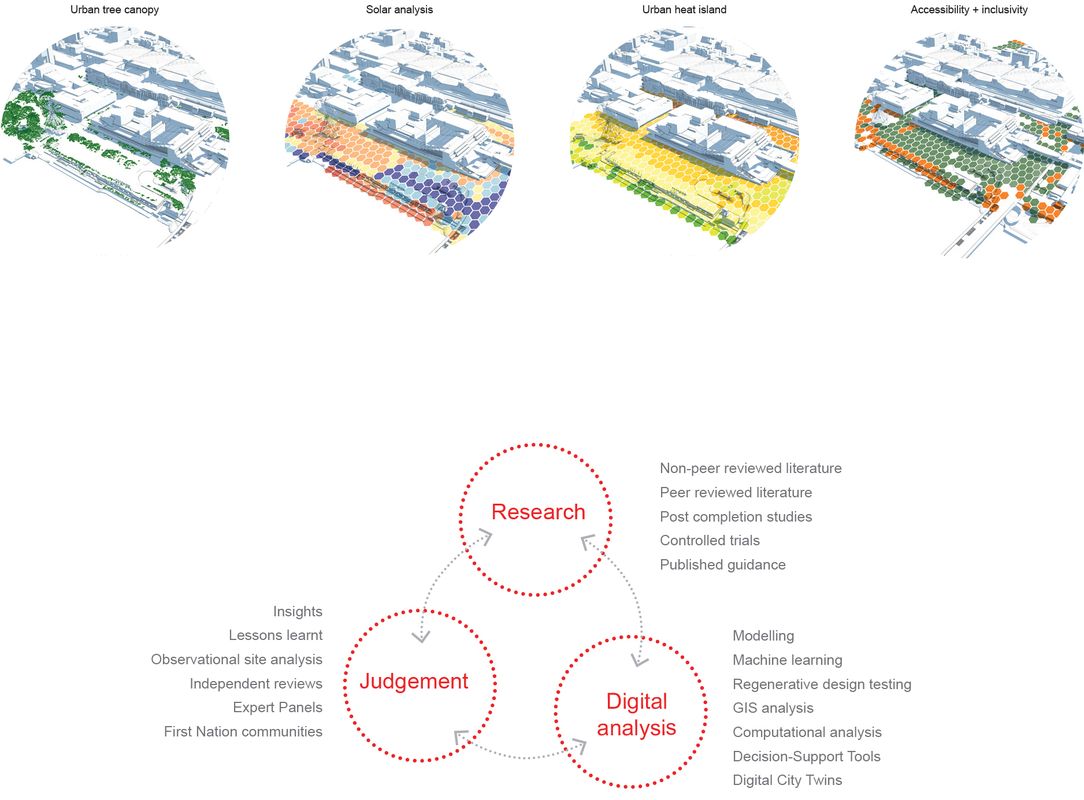Climate change, biodiversity loss and resource scarcity have been calling for an urgent rethink about the way we design and develop the built environment. Science-based targets are being set for nature with the aim of reversing these man-made impacts across the full value chain, contributing to full nature recovery by 2050. To support these targets, built environment designers need to embrace digital processes and an evidence-based approach to climate-positive design to comprehensively understand context, trends, changes and opportunities.
As landscape architects, we recognize it is our role to respond to this “call to action,” but are we equipped with the skills, tools, resources and evidence to shape our projects and demonstrate our successes?
Digital approaches to evidence-based design
As landscape architects, our approach to evidence-based design and decision-making varies and is often heavily influenced by the client’s ultimate drivers, the technical complexity of the project or task, the capability of the team and our access to suitable data. Typically, evidence-based approaches fall into three categories that span the range between subjective evidence (for example, evidence gained through personal knowledge or experience) and objective evidence (evidence based on factual data). Although, in the context of our climate challenges, it is important to provide quantifiable evidence for our design decisions, our profession often bridges the arts and the sciences. Good design can be an expression of and response to experiences, behaviours and the environment – aspects that are often subjective and intangible. However, we are inclined to look to research and digital analysis to provide the necessary evidence for, and calculated response to, our decisions.
Although all forms of evidence-based decision-making have a place in the design process, a concerted effort has been directed toward “digital” approaches in recent years. Significant advancements in technology and digital processes are particularly evident in the realms of artificial intelligence and machine learning. As we move at an increasing speed from the Information Age to an Age of Intelligence, this will inevitably accelerate the depth of our knowledge and ultimately our response to this call to action.
A diagram showing the relationship between research, digital analysis and judgement in the knowledge-building and design development process.
Image: Arup
Accelerating our approach
According to AILA’s Climate Positive Design Action Plan for Australian Landscape Architects Volume 1,1 the ambition is for landscape architecture organizations and projects to have a net positive impact on nature by 2030. This is less than six years from now. As the development of science-based targets continues to evolve and support this ambition, we (society, professionals, clients) continue to raise more questions around the performance of our projects, which in turn raises awareness and pushes us to expand our knowledge and expertise as a profession. For example, a number of digital tools have been developed in recent years that can analyse the sponginess of our cities to optimize locations for water-sensitive urban design treatments,2 as well as tools that can analyse trends and changes in tree canopy cover that, in combination with movements analysis, can identify opportunities for improving community health through accessible shaded links.3 Another recent example is a study prepared for Queensland Health involving the development of strategic tree-planting guidance for Queensland with a focus on shade and UV protection. The study analysed various tree forms, characteristics and spacings to develop a tool that optimizes UV protection across a series of development scenarios.4
These examples indicate an exponential shift in how we, as designers, operate, gather data and optimize design outcomes. Where once the limited availability of data restricted the evaluation of our performance, digital tools could allow us to leap beyond these perceived barriers.
Maintaining focus
While it might seem like the boundaries of what can be measured are fading, it is important for us to stay focused and ask the question, “For what purpose?” All too often, our objectives are vague and not documented, resulting in unclear outcomes. When questions are raised about the performance of our work, we are at risk of being guided by the question rather than the objective. The maieutic response to some questions could be, “How valuable is the answer?” Evidence gathered in our projects should align with our project objectives and contribute to the transparent performance of our climate-positive outcomes. It should be meaningful, directed and at a scale that materially influences the “call to action” and our ability, as designers, to contribute to nature recovery.
What’s next ?
The AILA National Climate Positive Committee (CPC) is in the process of advancing the Climate Positive Design Guidelines5 and defining further research topics to support evidence-based design and performance evaluation, particularly in the areas of embodied carbon and carbon sequestration. Data and research is available for both areas in various forms and applications. The web-based application Pathfinder, for example, allows users to estimate the carbon footprint and the time required for projects to be climate-positive. Similarly, other tools and data are available for hard and soft landscape materials and embodied carbon, asset management and maintenance considerations, including resources provided by the Materials and Embodied Carbon Leaders’ Alliance. Carbon sequestration research is also currently available in various forms and scales, such as the Australia’s Carbon Sequestration Potential technical report prepared by CSIRO for the Climate Change Authority.6 The report outlines the significant contribution that nature-based technologies (permanent planting, plantations and farm forestry, and soil carbon) can make in unlocking Australia’s carbon sequestration potential. However, in both embodied carbon and carbon sequestration research, there are many variables to consider (geographical, climatic, construction methods, planting density, and so on) regarding how this information translates to urban environments. In this respect, we come back to the questions “For what purpose?” and “How valuable is the answer?” If we are to deliver a 75 percent reduction in embodied carbon and operational emissions and a 25 percent reduction in sequestration drawdown offsets,7 then research needs to be undertaken into the carbon sequestration capability of various vegetation strata, with a focus on the environmental factors that influence and inform our climate-positive design decisions and outcomes.
Climate-positive design and net-zero emissions cannot be achieved without a transition to a nature-positive approach. In 2024, Australia will host the first Global Nature Positive Summit, which will bring together delegates from around the world to plan how to accelerate investment into the protection and repair of nature. Australia is uniquely placed to convene action on the world’s transition to nature-positive, but while we have much to share, we have just as much to learn.8 In recognition of the significant challenges that built environment designers face in moving to a nature-positive approach, one of the primary themes to drive discussion at the summit is “Transparency and reporting – you can’t manage what you don’t measure.”
The summit and this particular theme introduce a pertinent and significant point for the profession and offer an opportunity to showcase our evidence-based approach, our sustained focus on the issues and transparent reporting on our successes. This sets a clear objective for the Australian landscape architecture profession in responding to the call to action in 2024.
1.Australian Institute of Landscape Architects, Climate Positive Design Guidelines, Volume 1, Action Plan for Australian Landscape Architects, October 2022, aila.org.au/common/Uploaded%20files/_AILA/Governance/Other/CLIMATE_POSITIVE_DESIGN_Action_plan_for_LAs.pdf.
2.Arup, “Global Sponge Cities Snapshot,” arup.com/perspectives/publications/research/section/global-sponge-cities-snapshot.
3.Arup and City of Gold Coast, Urban Tree Canopy Study, January 2020, City of Gold Coast, goldcoast.qld.gov.au/files/sharedassets/public/v/1/pdfs/urban-design/urban-tree-canopy-study.pdf.
4.Queensland Health, Healthy Places, Healthy People: Shade tree guidance, storymaps.arcgis.com/stories/596e052524094c91a4dc5e1bb3af13fb.
5.Australian Institute of Landscape Architects, Climate Positive Design Guidelines, aila.org.au/Web/Web/Values/Climate-Positive-Design.aspx.
5.Australian Institute of Landscape Architects, Climate Positive Design Guidelines, Volume 1, Action Plan for Australian Landscape Architects, October 2022, aila.org.au/common/Uploaded%20files/_AILA/Governance/Other/CLIMATE_POSITIVE_DESIGN_Action_plan_for_LAs.pdf.
6.CSIRO, Australia’s Carbon Sequestration Potential, csiro.au/en/research/environmental-impacts/emissions/carbon-sequestration-potential
7.Australian Institute of Landscape Architects, Climate Positive Design Guidelines,October 2022.
8.Department of Climate Change, Energy, the Environment and Water, Global Nature Positive Summit Outline (to be held October 2024,Gadigal Country, Sydney), dcceew.gov.au/sites/default/files/documents/global-nature-positive-summit-outline-brochure.pdf.
Source
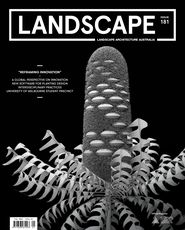
News
Published online: 21 Feb 2024
Words:
Chris Madigan
Images:
Arup,
Screenshot from Canopy Cast
Issue
Landscape Architecture Australia, February 2024

